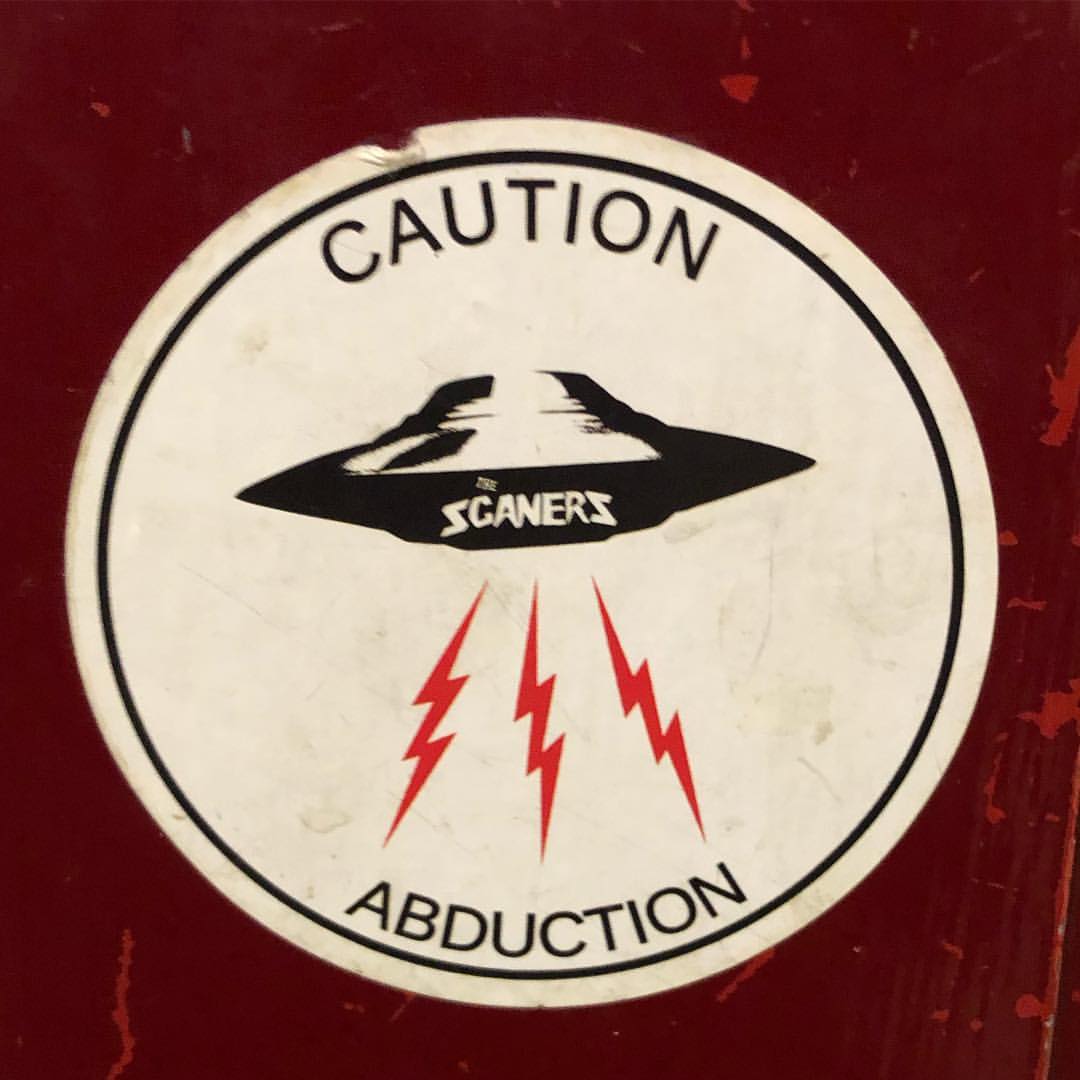
I know where my copy of OCCAM 1 is. I’m sure I have OCCAM 2 in the office somewhere. I really have to sort the room out and get more shelving in. Anyway. This is good and I am pleased. I can shove them all in the five-slot CD player and have an entire working day’s thinking sounds.











